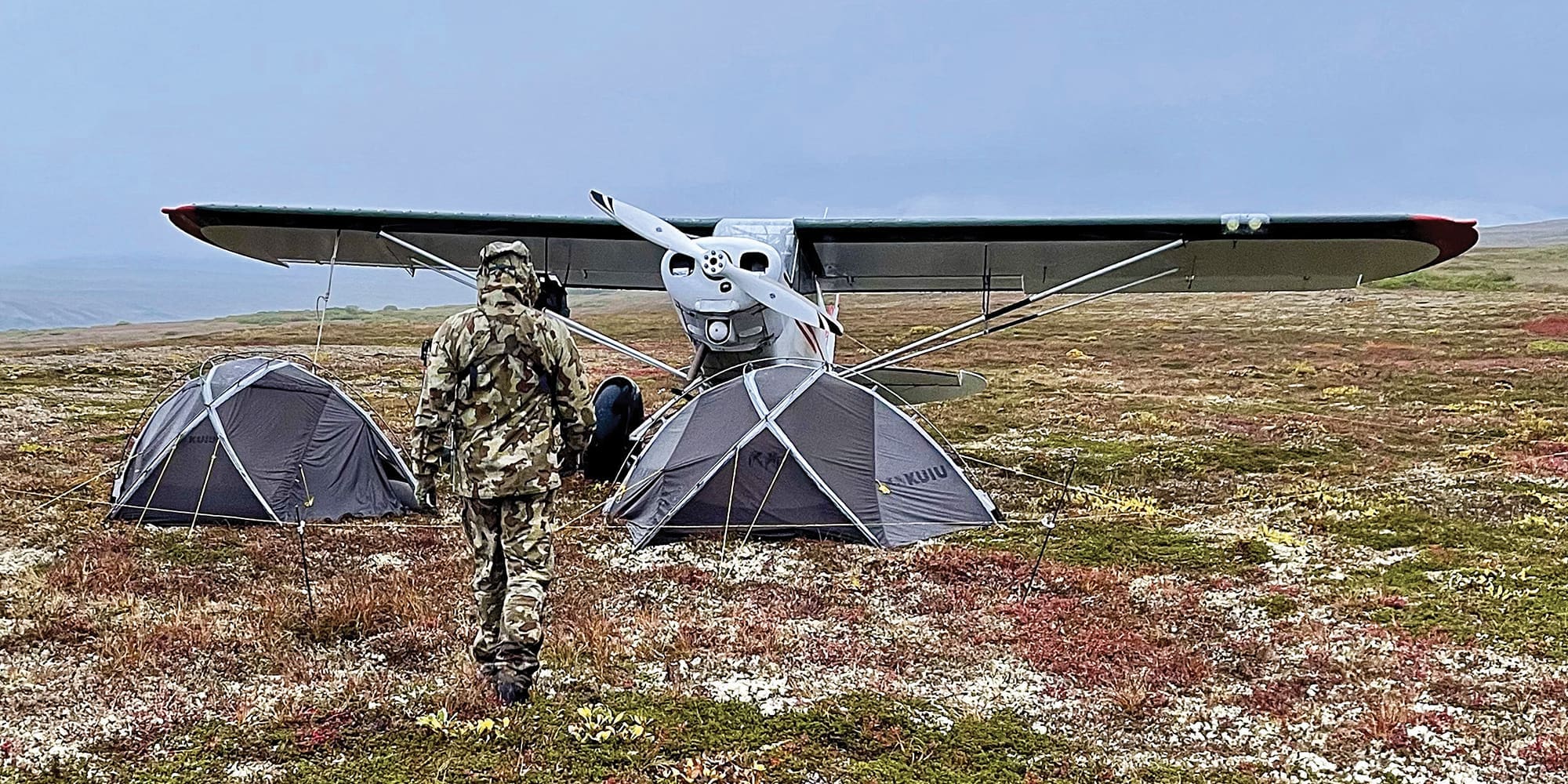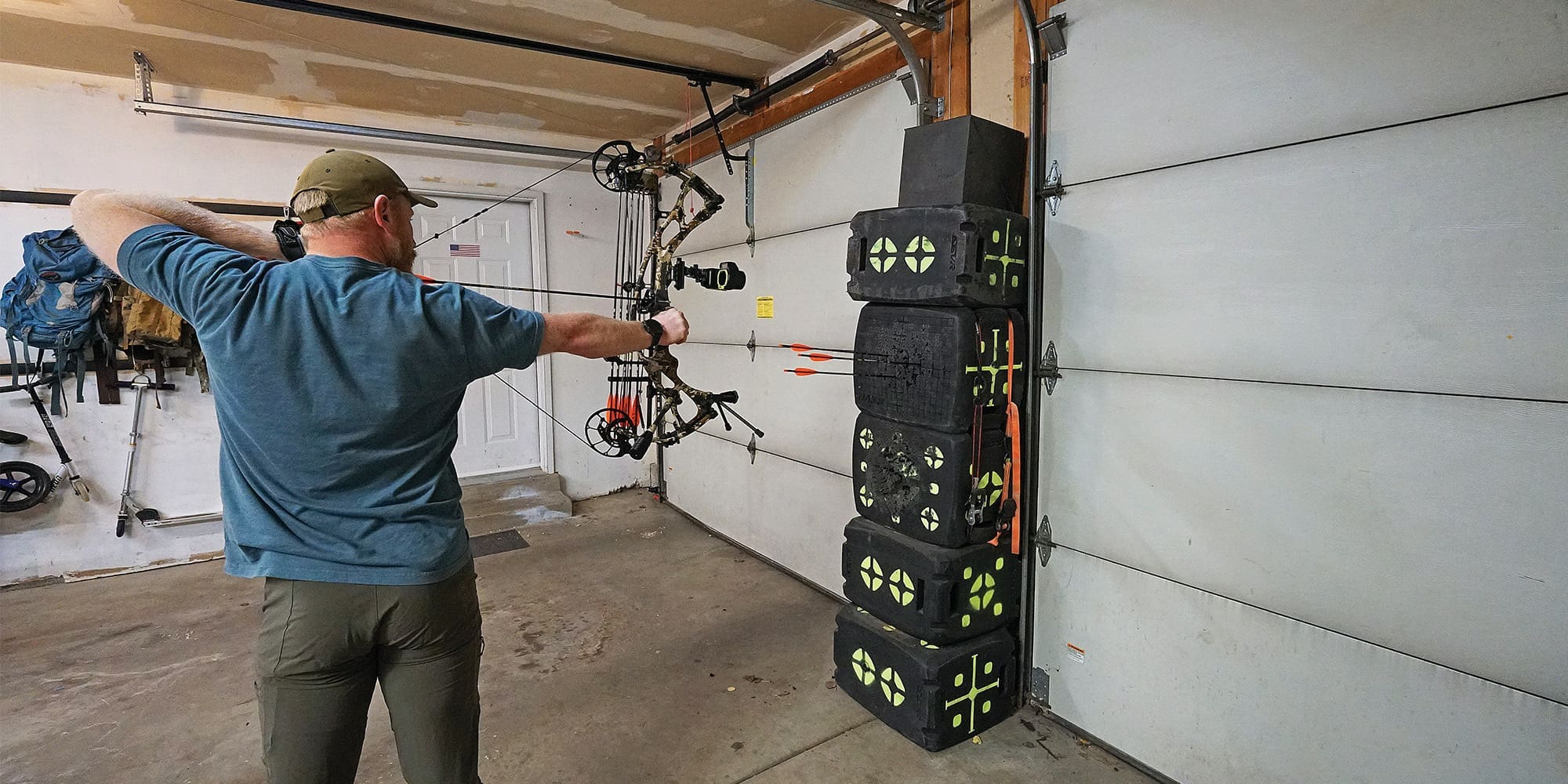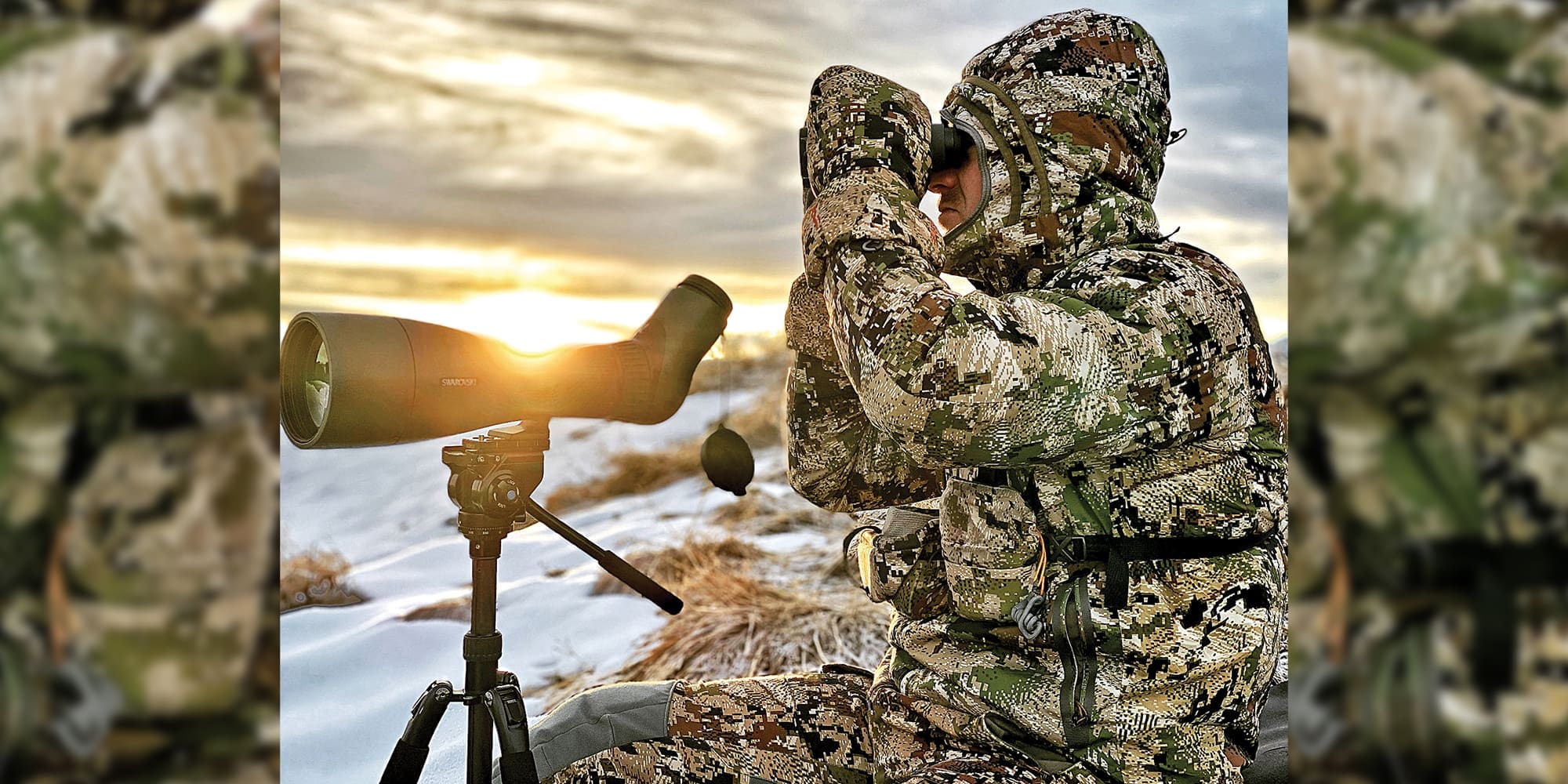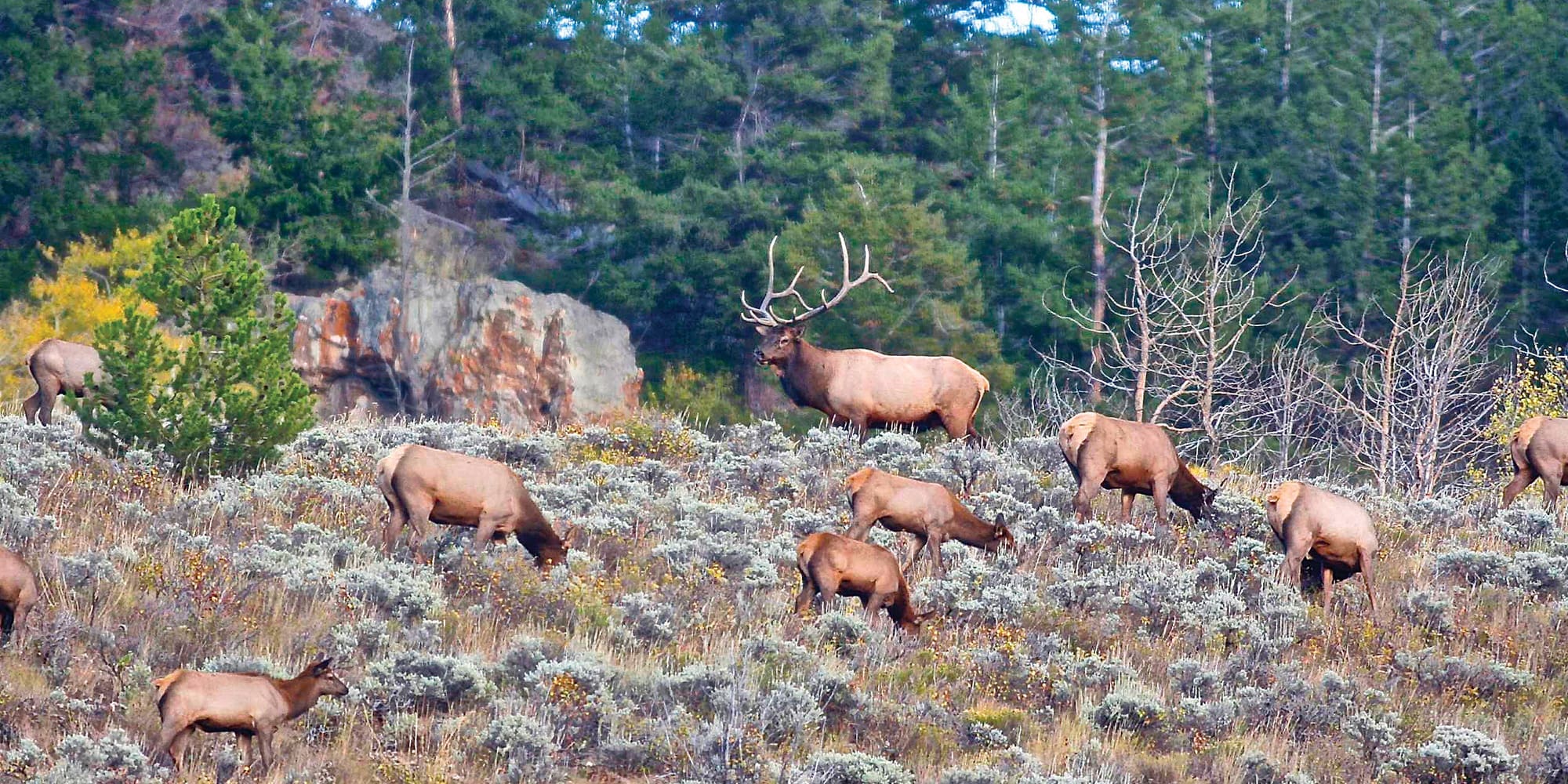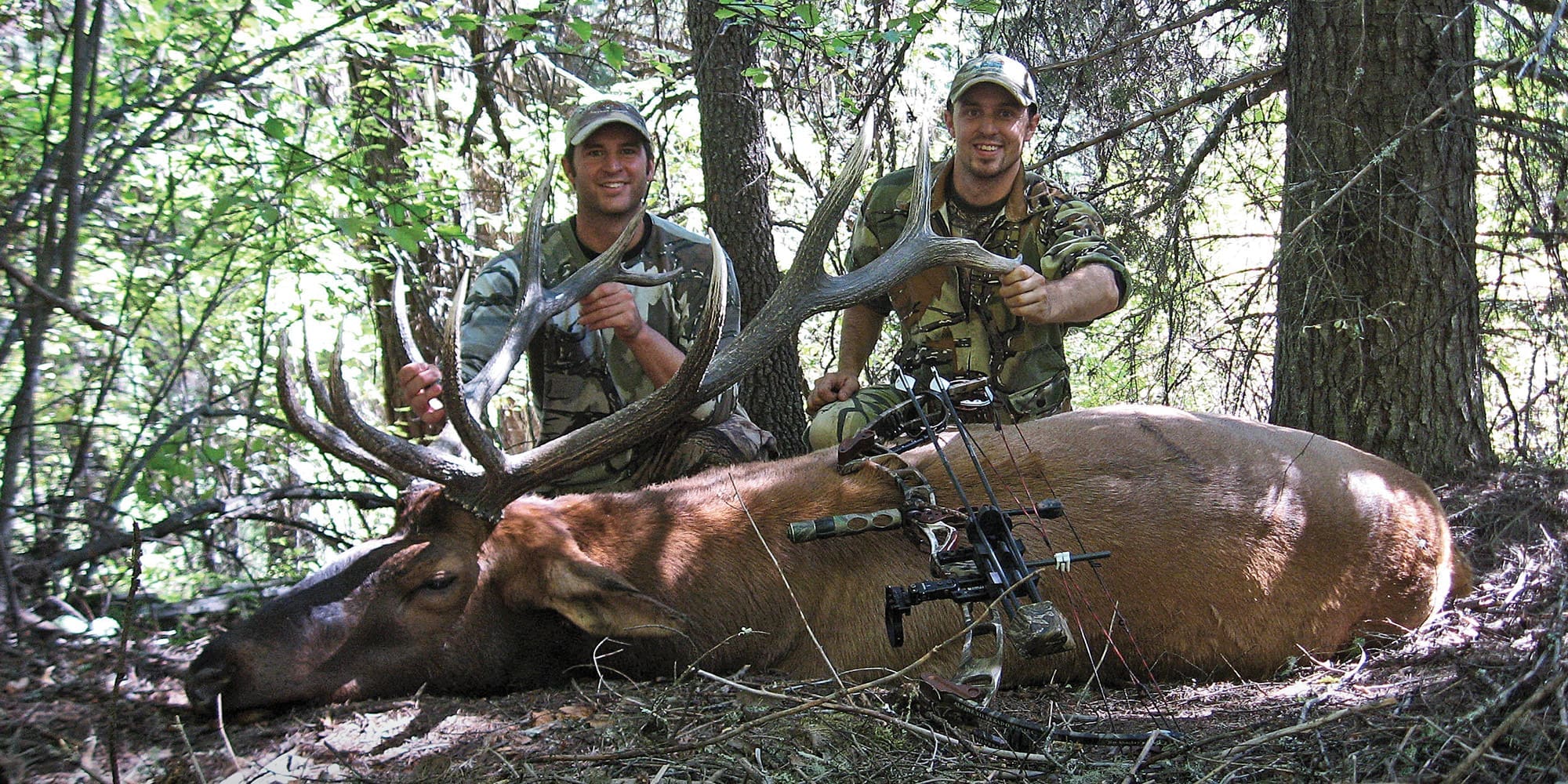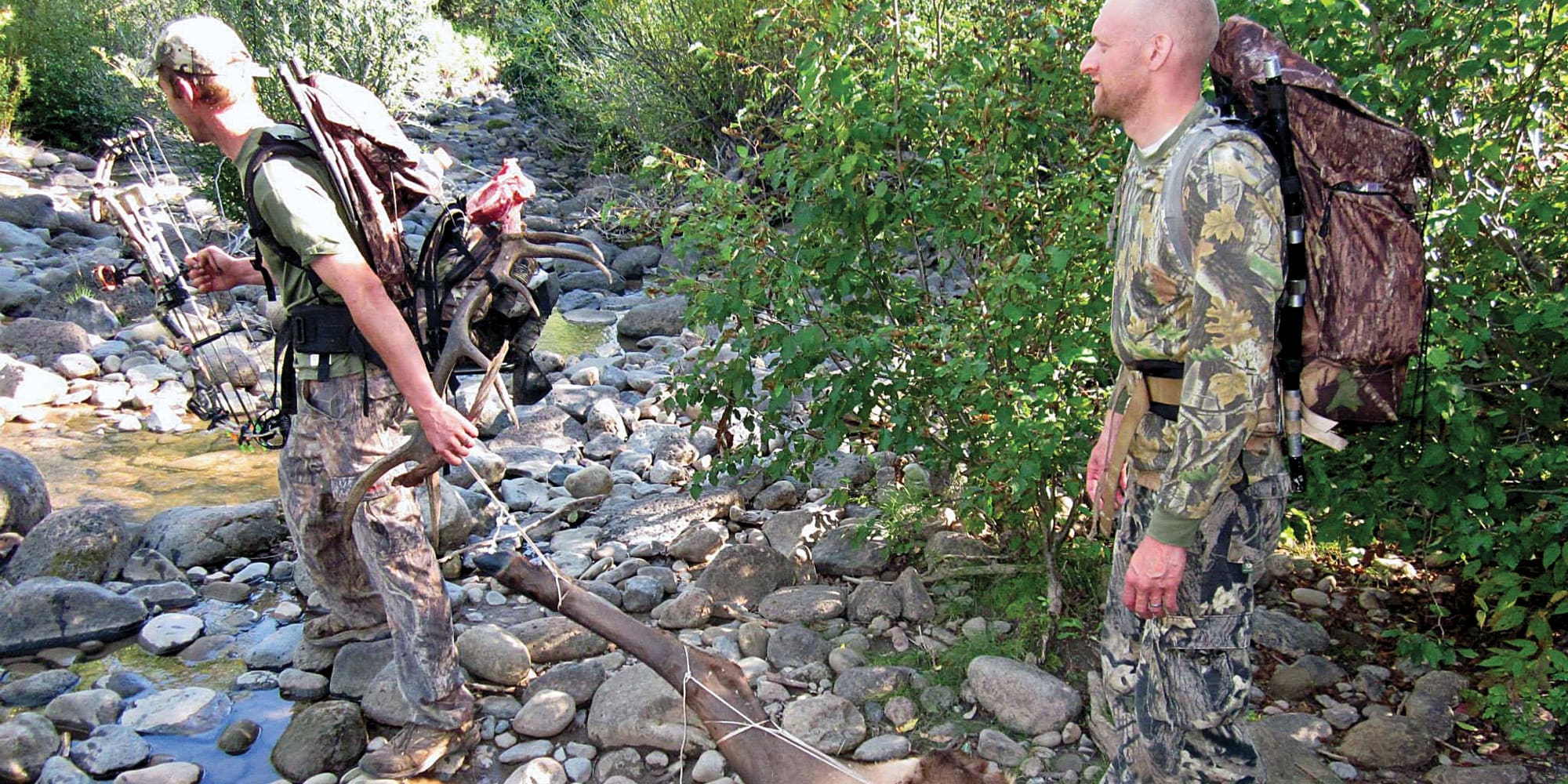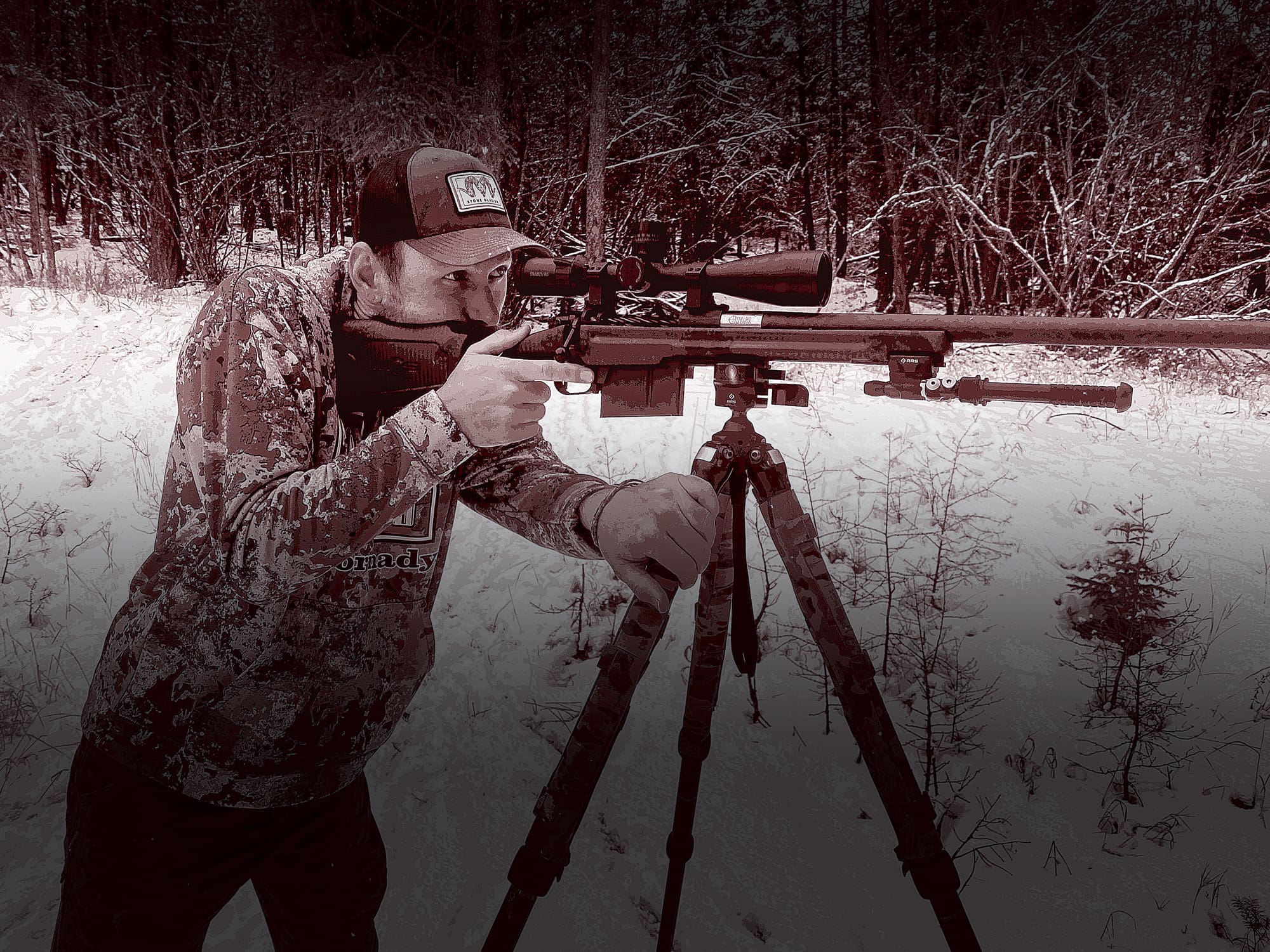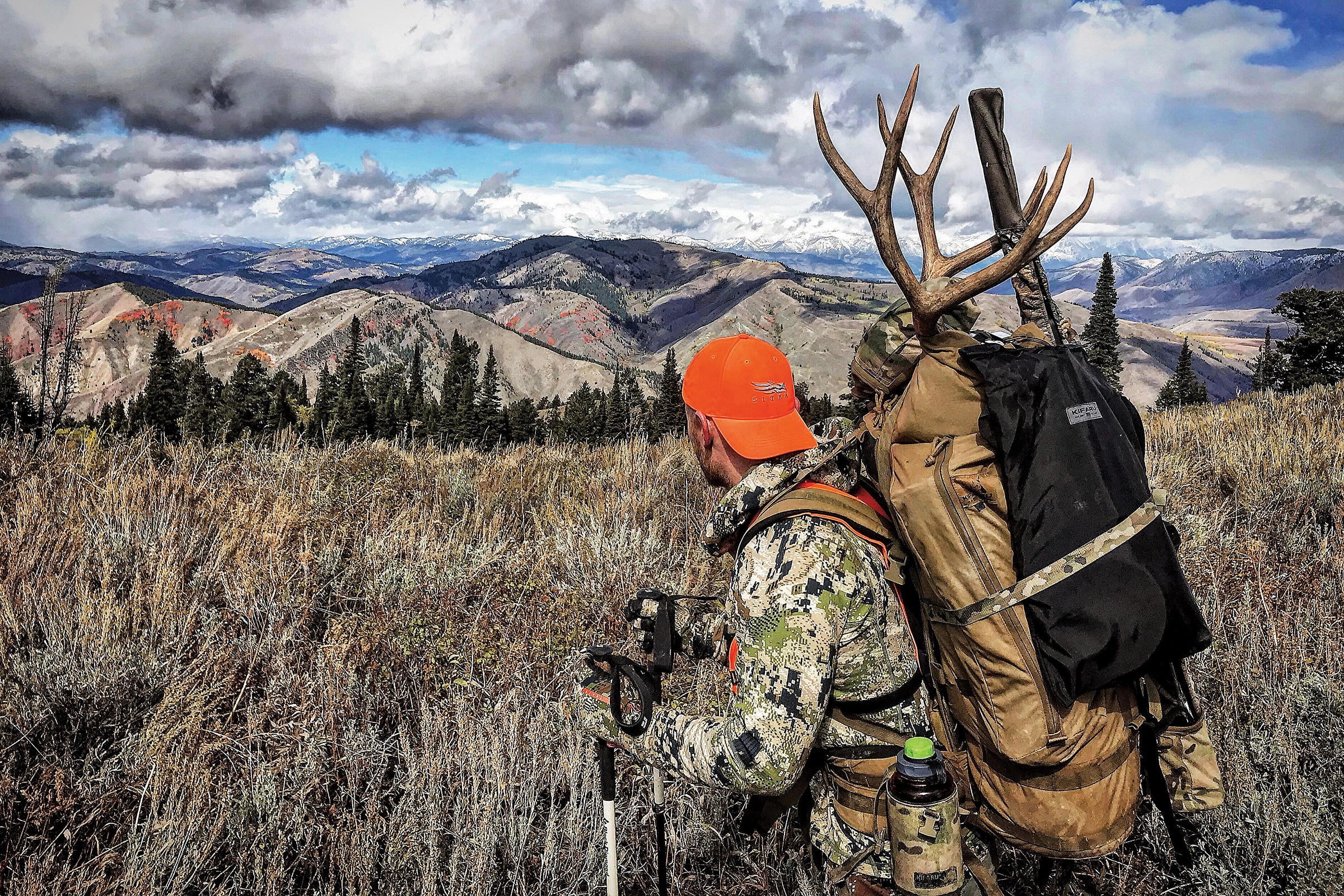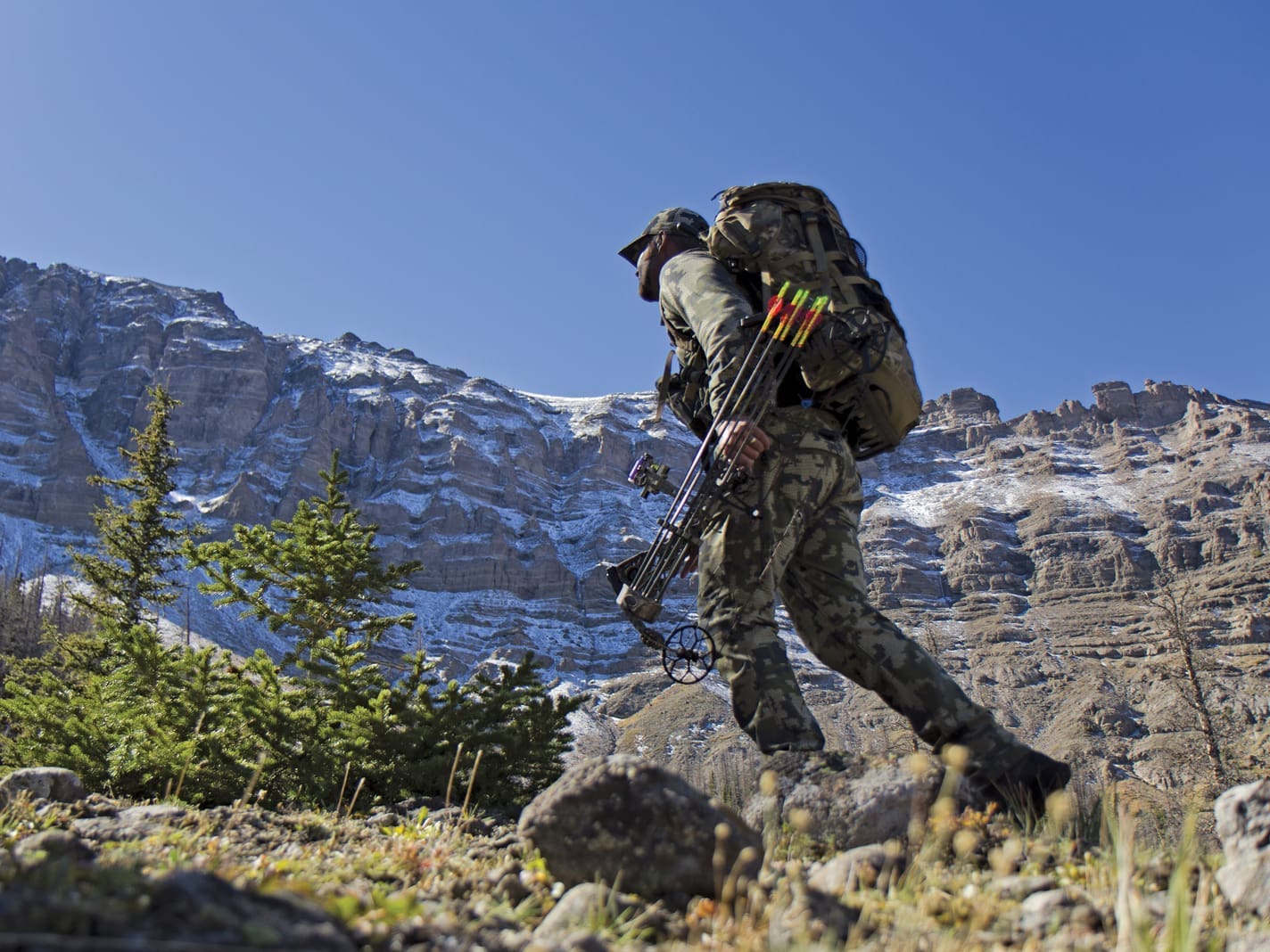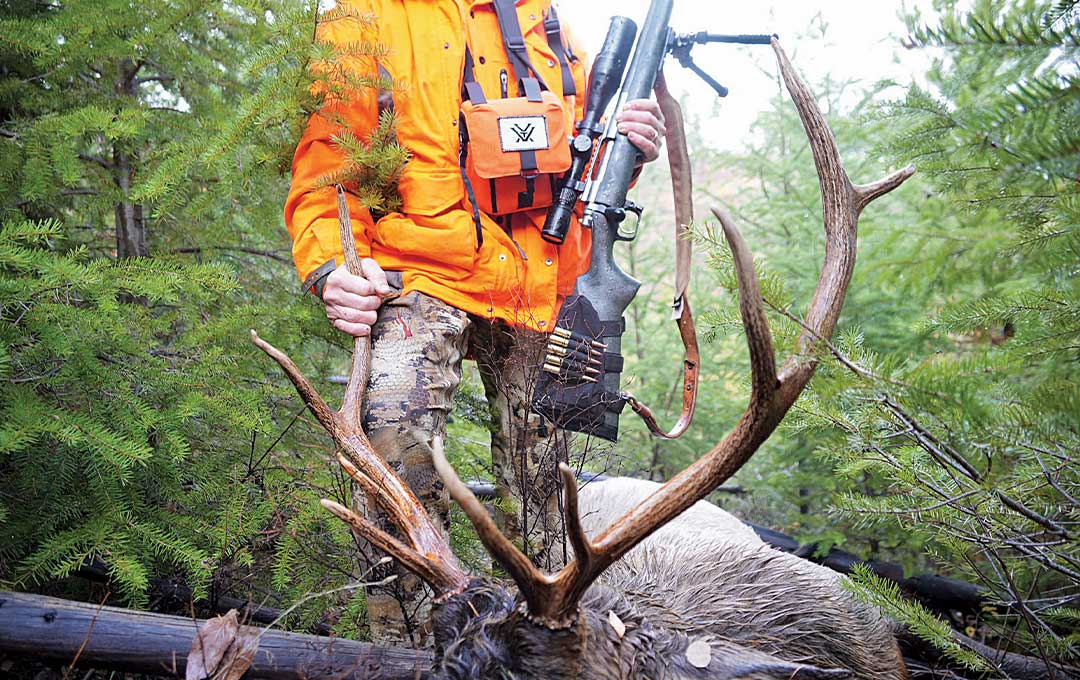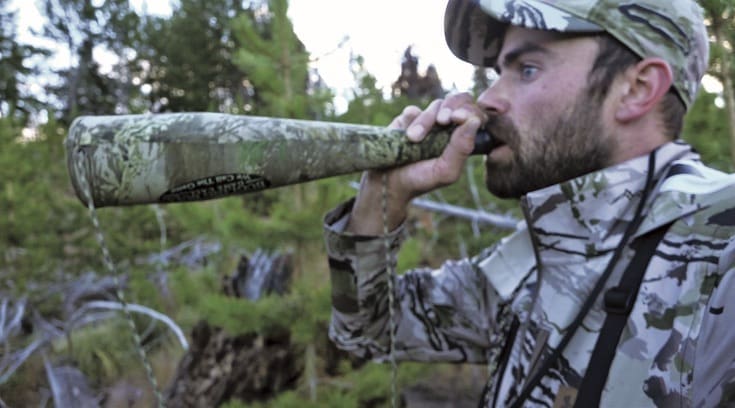
NOTICE: Certain links on this post may earn a commission for Western Hunter Magazine from Amazon or our other affiliate partners when you make a purchase. Thank you for your support.
Be More Aggressive When Elk Calling
In today’s world, we’re so bound by political correctness that we’ve changed the way we talk and act. We’re taught to not be aggressive or say inflammatory things that may hurt feelings or incite anger. This is generally a good thing when we’re talking to people, but I’m not talking about people. I’m referring to the political correctness of aggressive elk calling.
Maybe this soft talk is from an abundance of articles on tiptoeing around elk. Maybe it stems from personal experiences of elk turning tail and running from a beastly elk bugle.
As a result, it seems we now only cow call or try weak elk bugles, so as to not offend or challenge the elk we’re trying to call in. Some even come out and state that you shouldn’t even call elk at all; just sneak in and stalk them. Sure that may work, but that’s not why I chase elk in the rut.
I’m going to go against the grain and say that I get mean and say things to elk that are downright threatening and rude. I’m not afraid to talk smack or be the biggest, badest elk on the mountain. When I elk bugle, I tell bulls I’m here to beat them up and steal their women, and the only way they can stop me is to fight!
If this kind of elk talk offends you, then please stop reading, because when I talk to elk it’s aggressive and inflammatory; I don’t beat around the bush. There are going to be a lot of elk hunters who go against this, and that’s fine. You can play it soft, but I feel like I’ve had enough girl talk. I enter the elk woods looking for a fight…so you can take that politically correct elk chatter and shove it! Aside from being a very successful elk tactic, bugling in elk is one of the most exciting ways to hunt.
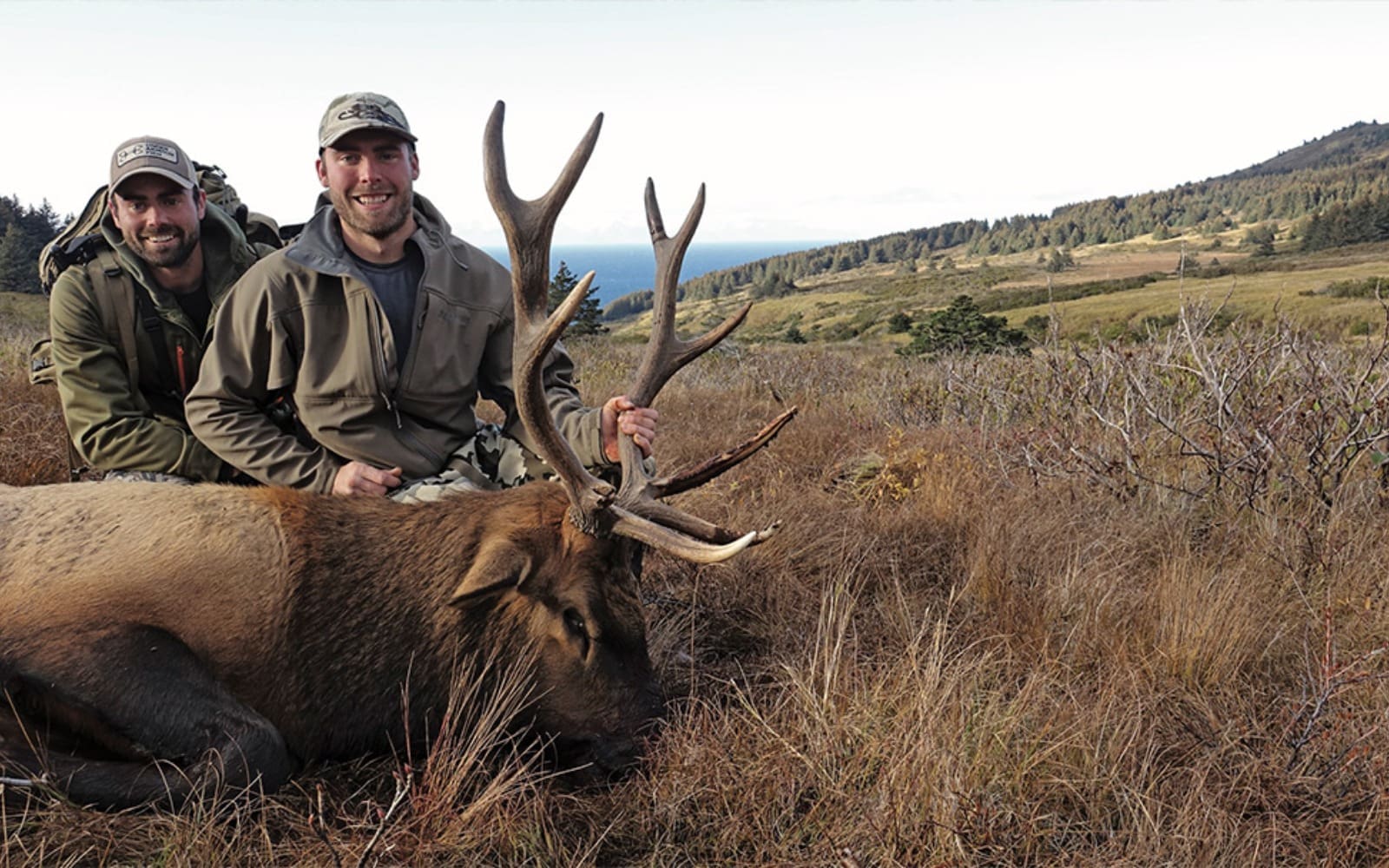
About eight years ago, I ran into a guy who constantly killed bulls and said that he’d pass on an elk if he didn’t bugle it in. Much like a purist fly-fisherman who only uses dry flies, this guy did something unique. It was radical; I mean not even cow calls? But over the years, I’ve started to adopt this way of thinking, and getting aggressive is the only way to make bugling consistently work. In the elk world, you can’t be politically correct; you have to go in and ruffle some feathers.
Looking for a Brawler
My philosophy is simple: I bugle elk in, and I’m not scared to do it. The first step is finding an elk that wants to play. If you walk up to a group of monks looking for a fight, you’re in the wrong place. You have to find the right elk, and wasting your time with elk that don’t want to play detracts from the objective.
In order to get started, you need to find a brawler. This is a vocal bull that wants to yell at you and is mutually interested in fighting.
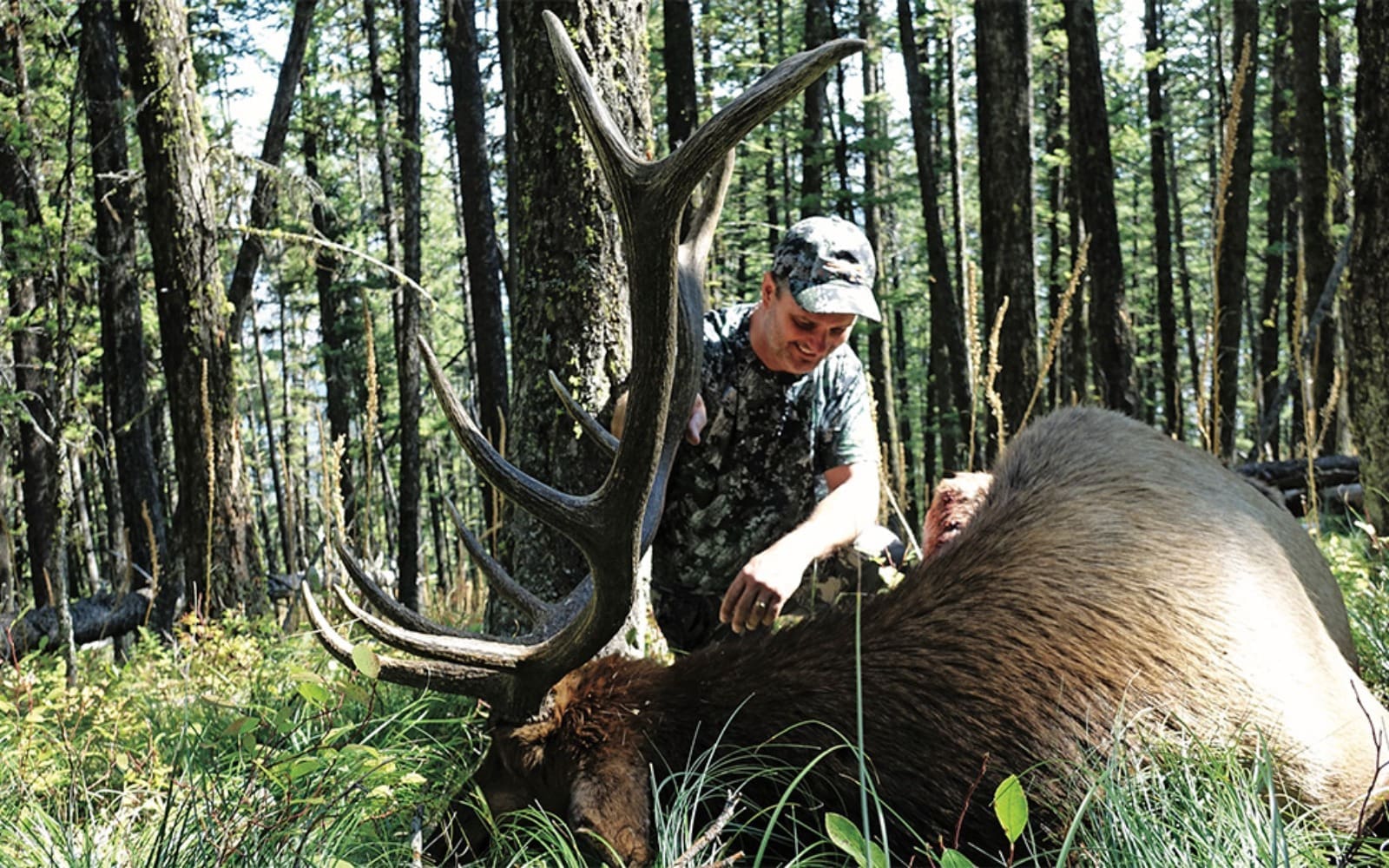
I start my hunt in the dark, bugling to locate a bull. I find an area where my sound travels a long distance and will echo down the canyon. The key is to cover as much ground vocally as possible. I also pick ridges or areas where I can cover a lot of country quickly in the morning. I may also use a vehicle to move from spot to spot, covering as much “vocal country” as I can during the peak morning or predawn hours when elk are most likely to be active.
I start the mornings with long, high-pitched elk bugles that will carry. This locator is to pinpoint the location of the bulls and see if I can find one that I can get fired up. When I elk bugle, I use my stopwatch and time how long it takes to get an initial response. Response time is an indicator to me of the potential to get this particular elk worked up.
I start by replying in kind, waiting about the amount of time it took the bull to respond. As things progress, I’ll keep cutting that time in half after each reply bugle. What I’m looking for is a bull that bugles nearly every time I bugle and within a minute. This is a brawler. Once I have him located, I may back off on the elk calling to only when I need to locate the bull. I’ll let him instigate if possible and try to keep tabs on him. Once he is fired up, I make my move.
Hear Me Roar
Once I’ve located a brawler, I use very aggressive elk bugles, often growling and chuckling. I sound mad and often the bull does the same. I project a bull that is confident and wants to be the herd bull.
I hear all the time to act small when elk calling, but this makes no sense to me. Why would a bull waste his time with a weak-sounding elk? They generally don’t. Even small bulls try to sound big; it’s a posturing and intimidation factor. When elk are calling each other, they first try to win the fight vocally by posturing. If they can win the “who sounds more beastly” war by bugling, they’ll ultimately conserve energy by not fighting. Sounding big is what all elk try to do.
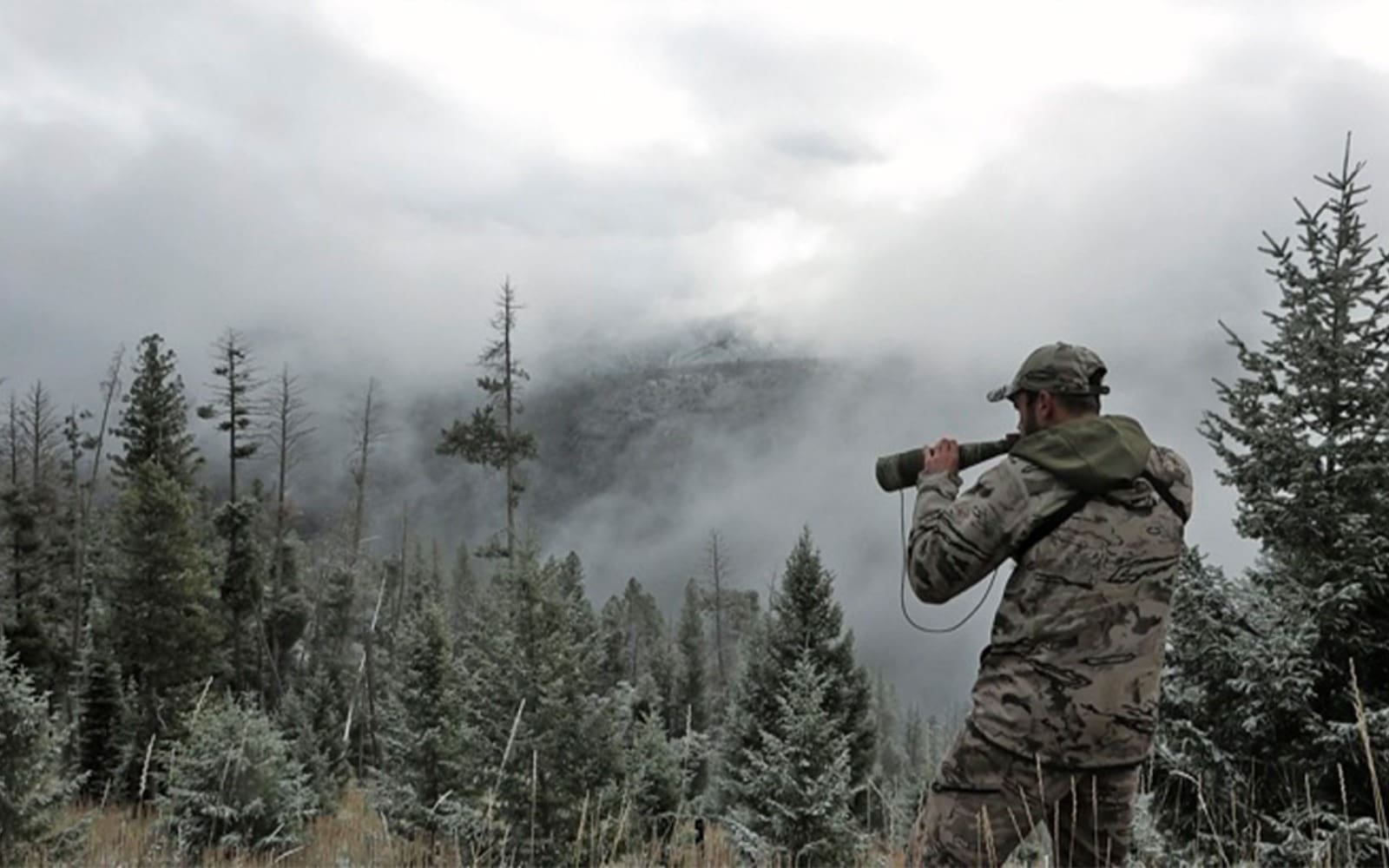
Small elk don’t run groups of cows. Elk know what kind of bulls run the show and this attracts all sizes of elk, both mature and immature. I’ve called in plenty of small raghorns while sounding like a boss hog. They know that when a mean-sounding bull roars, he has something or wants to take something; there is no in-between. A confident, aggressive-sounding elk is here for business and this means action must be taken. The challenger will either need to fight or flee.
Confidence is everything. If you want to bugle an elk in, then you need to commit to doing it. If the thought enters your mind that you’re being too aggressive, then you’ve already lost. You can file yourself as a politically correct docile elk talker and go sulk in the trees with your Hoochie Mama call as the real elk get aggressive with each other. This kind of aggressive talk is what scares a lot of PC elk callers. You can’t be afraid to hurt some elk feelings.
This is My House
When hunters call, they expect elk to come to them because they’re elk calling. This is a very human egocentric way of looking at it. Instead, look at it like elk do. When elk call to each other, they meet up or move in if they want something. I’m the elk that wants something, so for that to make sense to an elk, I need to move in.
If I get a bull bugling in the distance before light, I make a move to be in his face five seconds after legal shooting light. There is no time like the present. Being aggressive and rushing in when the moment is right is the best course of action.
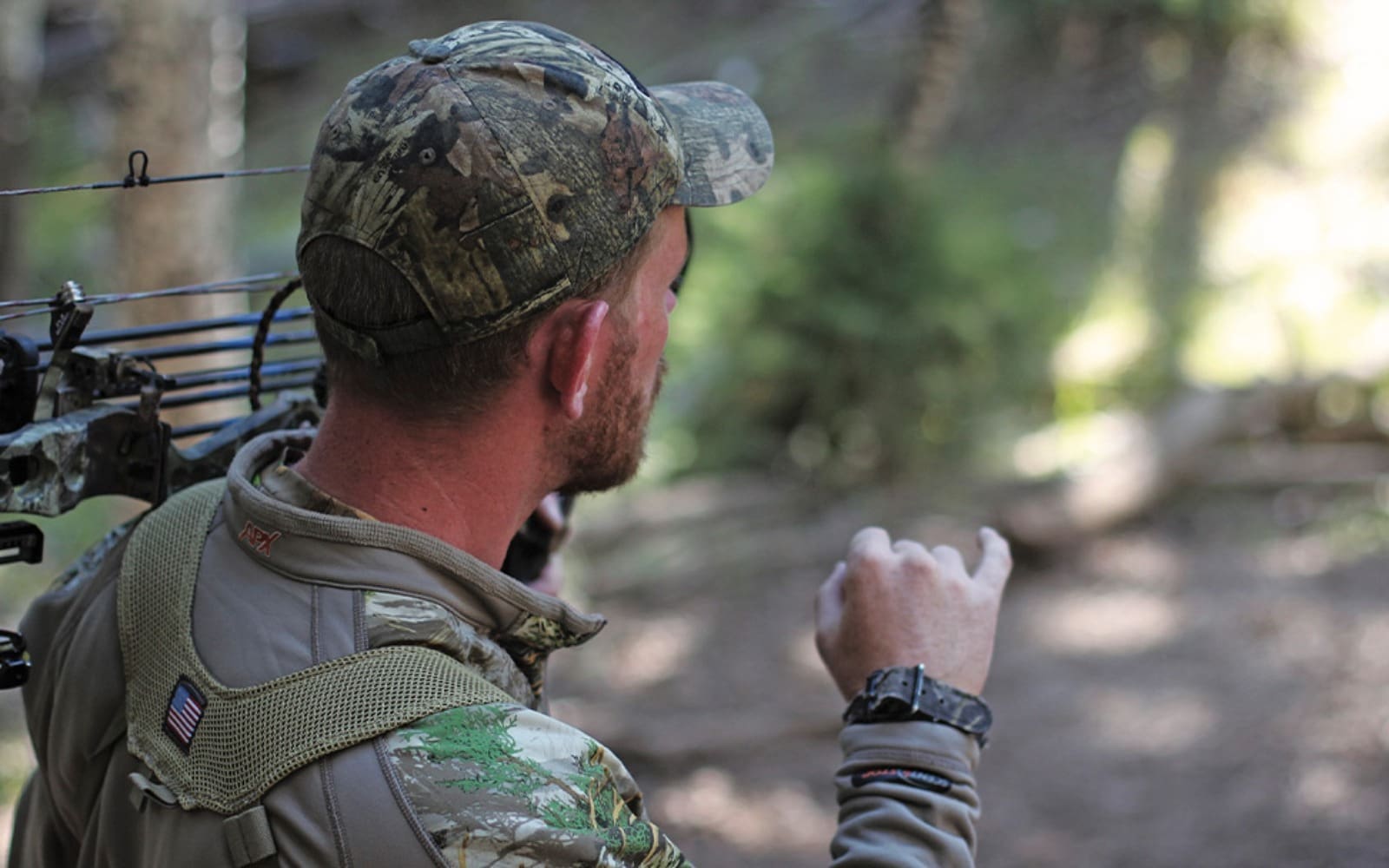
The real elk calling game starts at 150 yards or less. This is where you’re no longer just smack talking, but close enough to do something about those threats. If you have violated the personal space of a bull, the odds of him committing dramatically increase.
Try to sneak into the “effective range” - the distance a wild elk would move into the herd with a reasonable chance of meeting up to fight. This is about 150 yards, depending on timber vs. open country. I always try to get in as tight as possible but being cautious not to spook the elk. Closing this gap is important in getting that bull to come into your setup. If I think the bull is moving off, I’ll continue to move in and keep elk calling in the effective range.
Disrespectful Elk Calling
Think of any movie where there is a gang fight and the word disrespect gets thrown around a lot. Alpha males of any species thrive on respect, and when respect is not given, things can turn fast. I want the bull I’m after to feel disrespected.
Everyone likes to be heard, and the quickest way to disrespect an elk is to cut him off. There is no surer way to offend an elk than to interrupt his bugle. In the elk kingdom, interrupting his call with your own is a direct challenge, and there’s no mistaking the intention. This type of aggression shows that you want to fight, not just be friends and hang out.
This call needs to be used within an effective range. It’s a call of proximity and can be the straw that breaks the camel’s back if done correctly. I keep this tactic for when I need the bull just a little bit closer. You need to be close enough to say, “I’m in your house, now let’s settle this.”
I’ll Tear You a New One
When getting aggressive, nothing says a threat like tearing up a tree. Before elk fight, they rake to claim the area and assert dominance. This doesn’t always go well. This is another form of posturing. If two bulls both think they run the show, then the issue has to be settled. Raking a tree is one of my favorite tactics for getting a bull to come in those last few yards. If I hear a bull raking, then I’ll often make a move closer and get as tight as possible. I’ve found that raking is often the difference I need to get a shot.

After tearing into the tree, I like to let out a really mean elk bugle. It lets the other elk know that I’m serious and now jacked up on adrenaline. Often, the other bull will now come into size up his opponent.
Most bulls walk in quiet the last little bit. Keep your ears open and listen for them walking. At this point, I stay fairly quiet and let them saunter through. If I can tell a bull is now looking for me, I let him look as I wait for a shot.
You Can’t Run Forever!
The reason elk hunters have become accustomed to taking it easy on the elk bugle is the threat of a bull rounding up his cows and moving off. As hunters, we enter the woods thinking like a human calling an elk. The whole point of elk calling is to make an elk think you’re another elk, so it will react to you like they react to each other. When elk move off, it’s something they do to another elk; don’t take it personal. Elk moving off can work in your favor.
As long as the bull continues to bugle, you have the upper hand. This is where you have to stay persistent and dog the bull by sounding aggressive. Once he decides to move, commotion is created, and this commotion means that he needs to continue communicating with his cows. It also means he is likely to get worked up and make a mistake. Turning your aggression into persistence is how you’ll win this battle. I kill most bugling bulls after a mile or less of dogging them.
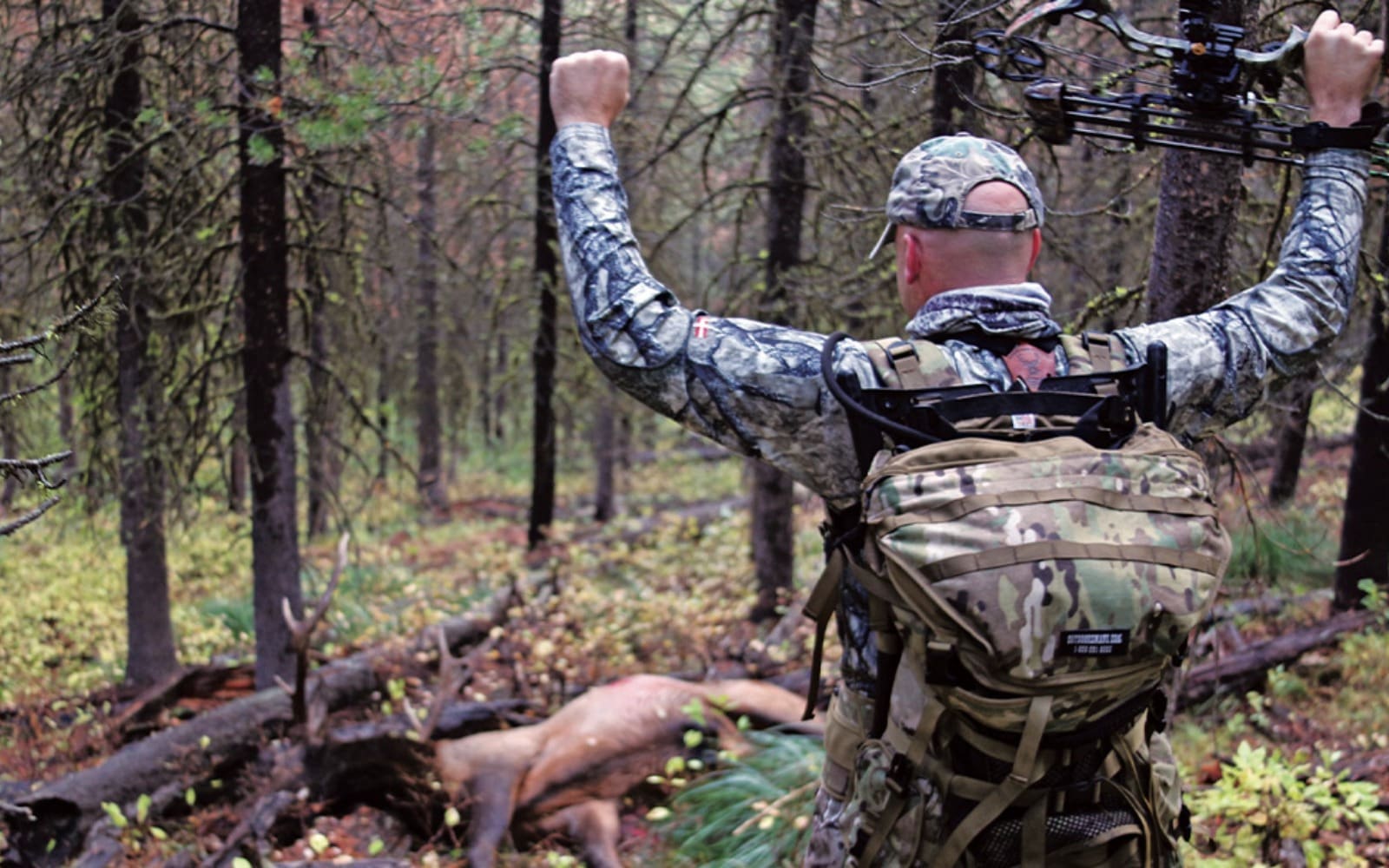
Once a bull starts moving away and pushing cows, I’ll mix in more cow calls. If an elk thinks that you’re between him and his cows, that’s when he comes after you.
I find that when bulls push their cows away, it’s often uphill. I’ve also found that when dogging elk, the bull will often come in as you crest the top of a ridge. This has a lot to do with the bull feeling in control on top. He knows that once he drops down the other side, he’ll no longer have the advantage. When dogging elk, I catch the majority of them walking back up to the top, just as they’ve crested a ridge.
Don’t Be Scared
There should be no shame in bugling to bulls and being an aggressive elk caller. Bugling in elk is exciting, and if you commit to it, extremely successful. Sure, in this politically correct world, there are other ways to go about talking to and killing an elk, but none are as offensive as screaming a bull in. Year after year I call in elk for hunters, and getting aggressive with bugling is the most successful tactic I have in the elk woods.


